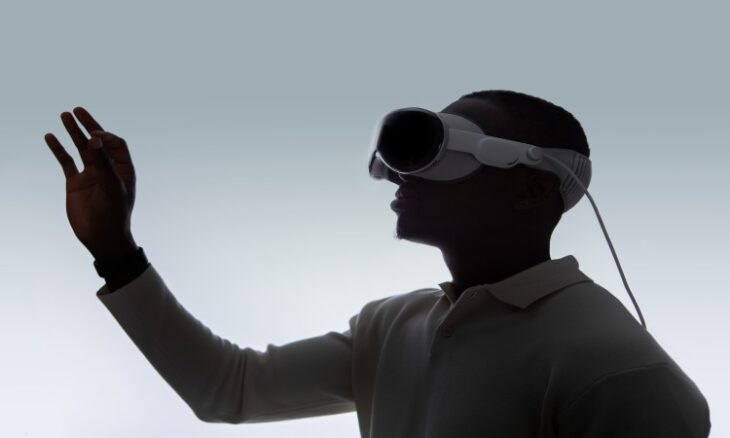AR Memorials of Slavery Debut Across New York on 25 July
On 25 July 2025, four new interactive augmented-reality sculptures will appear at landmark locations across New York City, marking the latest phase of Slavery Trails, a national public-art programme led by New Orleans artist Marcus Brown. Developed in association with NYC Parks through its Art in the Parks initiative, the project converts ordinary streetscapes into immersive memorials that confront the enduring legacy of slavery in the United States.
Slavery Trails combines archival research, three-dimensional digital modelling and spatial sound to overlay virtual forms on sites that were once active in the trade and exploitation of enslaved people. Accessible through smartphones and tablets, each work invites passers-by to step into a decentralised, participatory monument that centres the lives, labour and resistance of those whose histories have often been effaced from public memory.
The first New York installation, situated on Wall Street, re-creates the city’s 1711 slave market, where Africans and Indigenous Americans were routinely bought and sold. By placing translucent figures at the original marketplace, Brown restores a human presence to a financial district that usually celebrates commerce while overlooking the forced labour that helped build its wealth.
A second piece addresses the 1741 New York slave conspiracy, an episode of colonial-era hysteria which followed a spate of unexplained fires. Contemporary records show that suspicion quickly settled on Black New Yorkers, many of them enslaved, leading to more than 30 executions and dozens of deportations on scant evidence. Through animated projections that evoke courthouse testimony and prison cells, the digital sculpture invites visitors to reflect on how fear and prejudice can combine to produce miscarriages of justice.
The remaining two works, American Gold III and American Gold IV, are installed at riverfront sites and set aboard ghostly slave ships. Suspended gilded figures drift above viewers while a soundscape of creaking timbers and distant waves evokes the Middle Passage. The choice of shimmering surfaces transforms the brutal calculus of commodification into a solemn memorial, reminding audiences that New York-based shipowners, merchants, sailors and officials continued to profit from trans-Atlantic trafficking well into the 1860s through clandestine voyages arranged with foreign partners.
By fusing emerging technology, music and historical inquiry, Brown intends these virtual sculptures to act as mobile memory spaces that challenge present-day narratives about national progress. Instead of a single central monument, Slavery Trails disperses remembrance across the urban fabric, encouraging residents and visitors alike to encounter the past during their everyday routines.
Brown’s multidisciplinary background underpins the ambitious scope of the project. A native of New Orleans, he studied fine art at the Kansas City Art Institute before earning a master’s degree in education at Portland State University. Over three decades, he has exhibited paintings, sculptures, and sound works in venues ranging from the New Orleans Museum of Art and the Ogden Museum of Southern Art to galleries in Berlin and Kraków. Public commissions include Human Universal Musical Sound in Biloxi and The New Leaf on St Bernard Avenue, while his Electro-sonic Painting technique, using custom instruments that translate movement into audio, has featured in performances across the United States.
Mentored by figures such as Lin Emery, John T. Scott and Jim Leedy, Brown has consistently explored the intersection of visual art and sound. Recent projects include interactive installations for JAMNOLA and the 2022 New Orleans French Quarter Festival. His current body of work extends these investigations into augmented reality, with Passage, a geotagged, music-responsive series centred on slave ships, demonstrating how digital layers can animate complex historical narratives.
The New York debut of Slavery Trails offers a further evolution of this practice. By embedding virtual memorials at Wall Street, colonial administrative sites and the city’s waterfront, Brown aims to cultivate a broader public awareness of how slavery underpinned the metropolis’s growth. Visitors navigating the pieces via their devices not only witness sculptural forms but also hear period-inspired audio compositions, creating a multisensory experience that situates history within contemporary space.
Through these four installations, Slavery Trails invites New Yorkers to confront the city’s entanglement with slavery, to recognise the resilience of the enslaved and to question the narratives that have shaped collective memory for more than three centuries.










